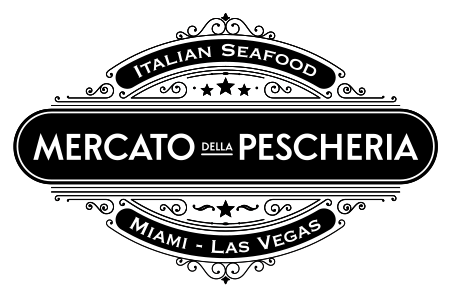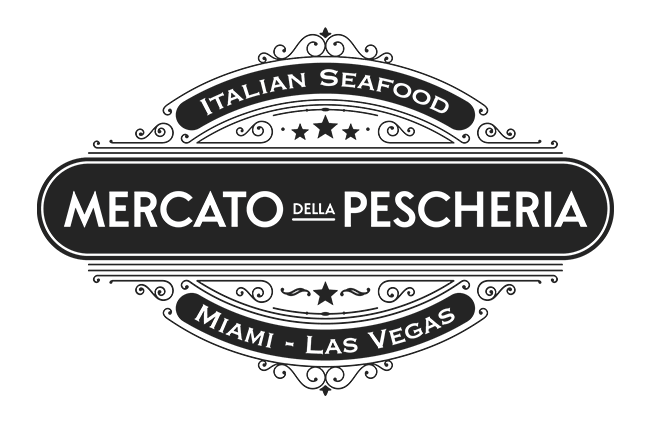What Is Prosecco Wine? Discover Italy’s Famous Sparkling Favorite
Effortlessly elegant, sparkling, and refreshing, Prosecco has become the go-to wine for casual sipping, toasts, and celebratory moments. Whether you’re raising a glass with friends or enjoying a quiet aperitivo, this effervescent Italian favorite never disappoints. But what exactly is Prosecco wine? How is it made, and why is it so popular around the world? Let’s explore the world of Prosecco and discover what makes this sparkling wine so special.
Understanding prosecco wine
At its core, Prosecco is a sparkling white wine from northeastern Italy. It is known for its bright, crisp flavor and aromatic profile. Prosecco is typically lighter and fruitier than other sparkling wines, such as Champagne. Its appeal lies in its versatility—it’s easy to drink on its own but also pairs well with a variety of foods.
Unlike other wines, which may be aged or complex, Prosecco is best enjoyed young and fresh. It’s often described as approachable, vibrant, and slightly sweet, with a delicate fizz that enhances its fruit-forward notes.
Where does prosecco come from?
Prosecco originates from the northeastern Italian regions of Veneto and Friuli Venezia Giulia. The lush, rolling hills of these regions are ideal for growing grapes, particularly the Glera variety, which is the main grape used to produce Prosecco wine. The Glera grape lends Prosecco its characteristic aromas of green apple, pear, citrus, and floral notes.
The Prosecco region is protected by Denominazione di Origine Controllata (DOC) and Denominazione di Origine Controllata e Garantita (DOCG) designations, which ensure quality and authenticity. The most prized bottles come from small areas within the Prosecco region, where the terroir plays a crucial role in shaping the wine’s structure and taste.
How is prosecco made?
The production process for Prosecco differs from that of other sparkling wines, such as Champagne. While Champagne uses the traditional method of fermentation in the bottle, Prosecco uses the Charmat method, also known as tank fermentation.
In this method, the second fermentation, which creates the bubbles, occurs in large stainless steel tanks instead of in individual bottles. This approach keeps the wine light, aromatic, and fresh. It also allows for quicker production and a more consistent flavor, which contributes to Prosecco’s affordable price and approachable profile.
Types and styles of prosecco
Prosecco is not a one-size-fits-all wine. There are several styles of Prosecco based on its level of carbonation and sweetness:
- Spumante: Fully sparkling and the most common type of Prosecco.
- Frizzante: Lightly sparkling, with a gentler fizz.
- Tranquillo: A still version of Prosecco, without any bubbles.
In terms of sweetness, Prosecco is classified as:
- Brut: The driest style, with little residual sugar.
- Extra Dry: Slightly sweeter than Brut, but still crisp.
- Dry: Despite the name, this is actually the sweetest of the three common categories.
Prosecco Rosé is a newer addition to the lineup. It blends the traditional Glera grape with a touch of Pinot Noir, which adds color and subtle berry flavors.
What does prosecco taste like?
Prosecco is beloved for its delicate yet expressive flavor profile. Most Prosecco wines offer tasting notes of: green apple, pear, white peach, citrus (especially lemon or lime), and floral hints like acacia or honeysuckle.
Prosecco rosé versions may include subtle raspberry or strawberry tones, along with a slightly richer mouthfeel.
Due to its lively acidity and effervescence, Prosecco is refreshing and never heavy on the palate.
How to serve and pair prosecco
To enjoy Prosecco at its best, serve it chilled—ideally between 40 and 45 degrees Fahrenheit—in a white wine glass or tulip-shaped flute. This will help preserve the bubbles and concentrate the aromas.
Prosecco is a wine that works beautifully in many settings. Whether you’re serving it at brunch, as a pre-dinner drink, or for a special toast, Prosecco fits the occasion. It pairs well with light, flavorful dishes such as fresh seafood, salads, soft cheeses, cured meats, and fruit-based desserts. Its lightness and acidity make it a reliable pairing that enhances your meal without overpowering it.
Enjoy prosecco at Mercato della Pescheria
If you’re looking to enjoy a glass of thoughtfully curated Prosecco in an authentic Italian setting, Mercato della Pescheria is the place for you. Their wine list features options such as:
- 187 Ruggieri, Prosecco Rosé
- 100 Prosecco La Gioiosa
- 101 Prosecco Della Vite
Each option offers a unique expression of Prosecco’s character, whether you’re craving a dry, floral glass or something with a hint of rosé charm. When paired with fresh seafood and Mediterranean flavors, Prosecco at Mercato della Pescheria becomes more than just a drink; it becomes part of the Italian experience.
Ready to enjoy authentic Italian cuisine? Reserve your table at Mercato Della Pescheria in Miami here or Las Vegas here and taste the flavors of Italy!
Why is Prosecco so popular?
Prosecco’s global popularity continues to grow, and it’s easy to see why. Its balance of taste, affordability, and versatility makes it ideal for seasoned wine lovers and casual drinkers alike. Its versatility as a base for cocktails like the Bellini or Spritz has also increased its appeal in recent years.
Unlike more formal sparkling wines, Prosecco invites a sense of ease and enjoyment. It doesn’t require a special occasion, though it certainly elevates one.
Now that you know what Prosecco is, it’s clear that this Italian sparkling wine offers far more than just bubbles. From its origins in northern Italy to its signature light and fruity style, Prosecco represents celebration, flavor, and approachable elegance.
Whether you’re discovering Prosecco for the first time or revisiting an old favorite, it continues to be a wine that brings people together. Mercato della Pescheria is the perfect place to enjoy Prosecco in an atmosphere that celebrates its heritage.

